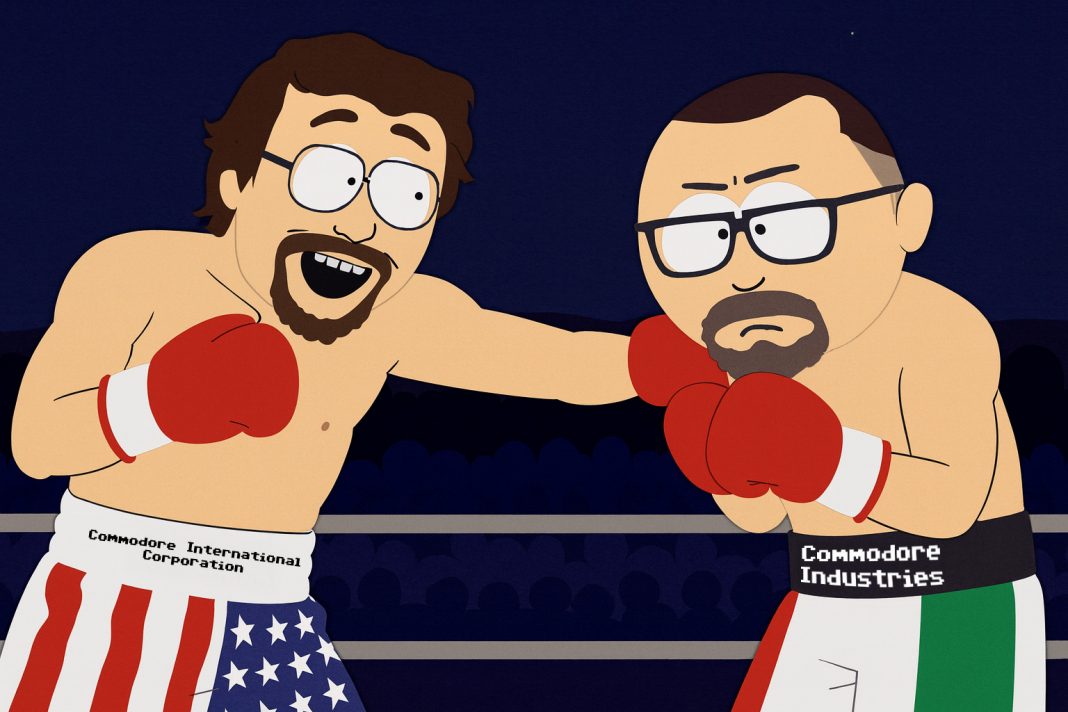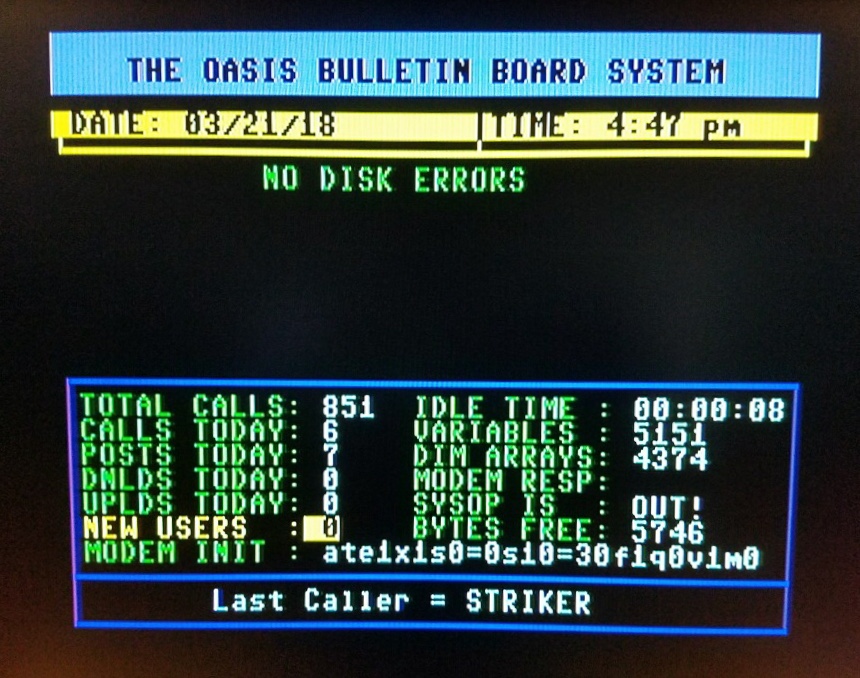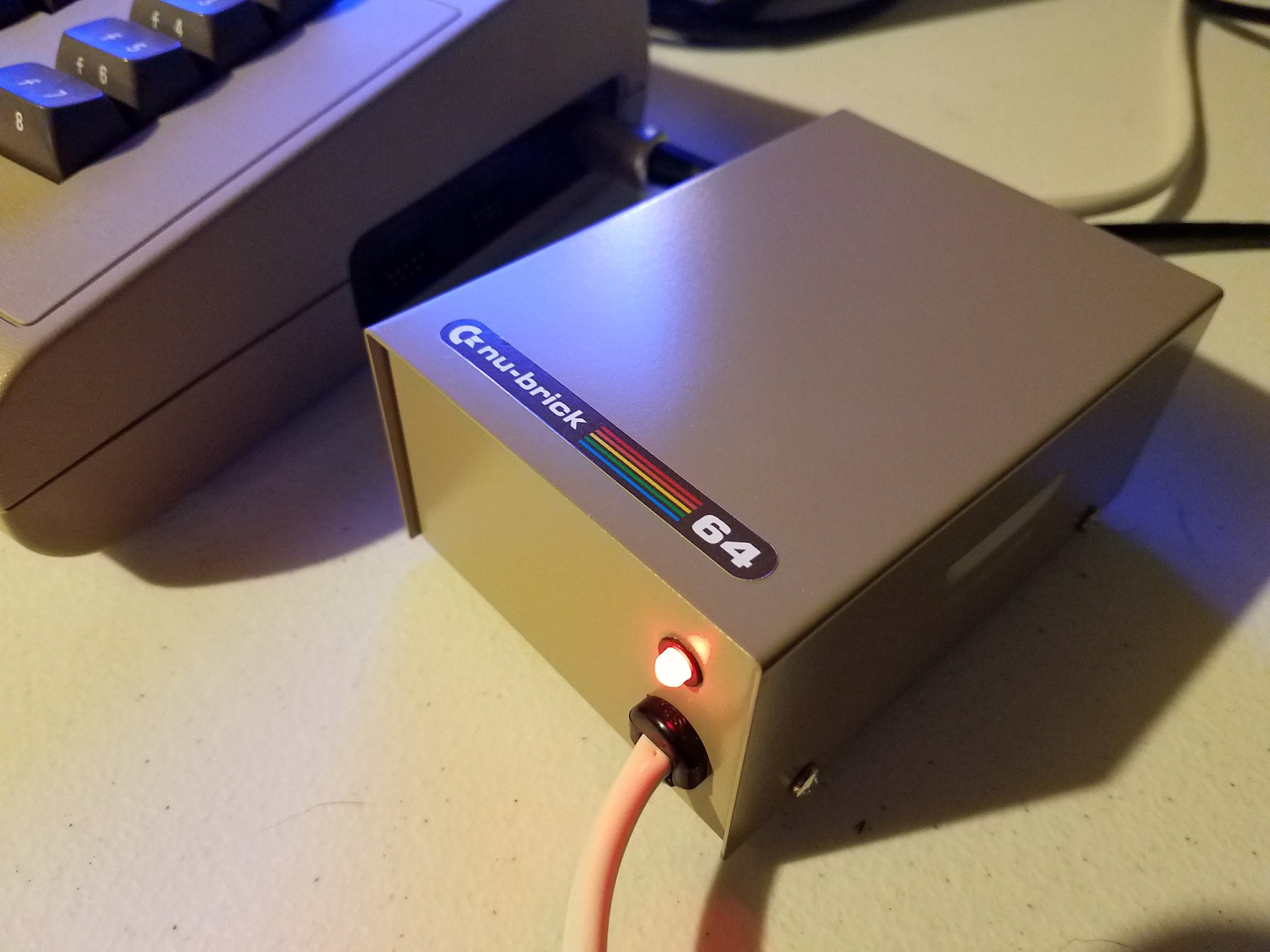The Commodore trademark clash has officially hit a fever pitch—and yes, even the iconic “chicken lips” logo isn’t safe. What started as a nostalgic comeback announcement has spiraled into a full-blown identity meltdown. Now, two camps—each fueled by fond memories and bold ambitions—are both claiming ownership of the Commodore legacy. Meanwhile, fans are left scratching their heads, wondering: who really owns Commodore, and who’s just playing dress-up?
Let’s rewind things before someone slips on a floppy disk.
Commodore Industries: The First Stakeholder
For the past ten years, Commodore Industries has been operating out of Rome and London. CEO Luigi Simonetti says his company employs more than 100 staff across hardware, software, AI, and education. Their bread and butter? Selling Commodore-branded laptops and ultrabooks—especially to nostalgic European markets where the logo never really went out of style.
Simonetti is adamant: his company holds the rights to the original Commodore logo (yes, the famous “chicken lips”) and all associated trademarks. He claims everything is legally airtight. In his eyes, Commodore Industries has been quietly keeping the legacy alive—no flashy intros, no social media blitz.
Enter Perifractic and the Second Claim
Then came June 28, 2025. Christian Simpson—better known online as “Perifractic” from Retro Recipes dropped a bombshell. He and a group of investors had acquired Commodore Corporation B.V., a Dutch firm holding 47 of the original Commodore trademarks, some dating back to 1983. Among them? The actual Commodore name.
By July 31, Simpson’s team had closed the deal. According to his statement, the acquisition was fully paid for and legally binding. Now, he says he holds the keys to the Commodore legacy—and he’s charging ahead with plans to bring it back “the way it was always meant to be.”
Simpson’s newly formed Commodore International Corporation quickly began hyping a rebooted Commodore 64, a retro-style system built from beloved community components. Think LED lights, transparent cases, and a heavy dose of “we’re back” energy all over social media.
Who’s Got the Real Commodore?
Here’s where things get tangled, like spaghetti code in a BASIC program.
Commodore Industries maintains that they’re the rightful owners of both the name and the logo. They’ve even released a press statement reinforcing their legal position, arguing that Simpson’s acquisition doesn’t override their claims. Meanwhile, Simpson’s team argues the opposite: that they acquired the official, original trademarks, this isn’t branding on a laptop, this is the real deal. For them, it’s not a business move, it’s a revival.
So far, there’s no legal battle in the courts. But both sides are making their case publicly. And they’re letting fans wade through the mess—like trying to read a scrambled disk directory.
Two Commodores, One Legacy
Let’s be honest, this isn’t David versus Goliath. It’s more like two Goliaths in vintage t-shirts.
Simonetti’s Commodore Industries is the quiet, consistent player. They’ve kept their products running for years with minimal noise. Their offerings are modern—mostly Windows-based laptops for education and business users. From their side, Simpson’s arrival looks like someone crashing a party late, yelling “I’m home!”
Simpson, by contrast, brings charisma, a fanbase, and plenty of retro flair. His version of Commodore is a passion project, a mashup of DIY fan tech like Ultimate 64 boards, custom Mechboards, see-through cases, and clicky mechanical keycaps. Stick on a Commodore badge, add a glowing LED, and you’ve got a product that’s part homage, part rebrand. It’s like forming a tribute band, then claiming to be the original act.
Fan service or fan fiction? The jury’s out.
The Community Is Paying Attention
Fans of retro computing aren’t strangers to brand confusion. Commodore has been revived, rebooted, and reshuffled more times than a C64 has been powered on. But this time feels different. This trademark feud isn’t just about documents, it’s about nostalgia, legitimacy, and who has the right to define what Commodore stands for in 2025.
Some fans are backing Simpson. His open dialogue, YouTube transparency, and “return to roots” approach seem more in tune with the spirit of the original company. Others see his reboot as a glammed-up DIY project, not quite the real thing.
And then there are loyalists to Commodore Industries, who’ve quietly kept the name going for over a decade.
Commodore: More Than a Company
Here’s the quiet truth no one’s saying: Commodore isn’t just a business anymore—it’s a feeling. A logo. A cherished piece of tech history. It’s the sound of old keyboards, the screech of a datasette, and that iconic blue screen waiting for you to type “LOAD.”
The legal side may determine who “owns” the brand, but for fans, Commodore lives on in the hardware, games, and memories. Legal rights might matter on paper—but authenticity is the real prize.
What Happens Next?
Unless someone heads to court, this showdown is likely to play out through press statements, YouTube videos, and trademark PDFs. For now, we’re looking at two versions of Commodore: one focused on modern tech, the other bringing back vintage vibes with a modern twist.
Hoping for a unified Commodore? Don’t bet on it. The brand has always come with legal headaches. This latest chapter? Just another reboot, this time with lawyers, LEDs, and a whole lot more drama to come.








